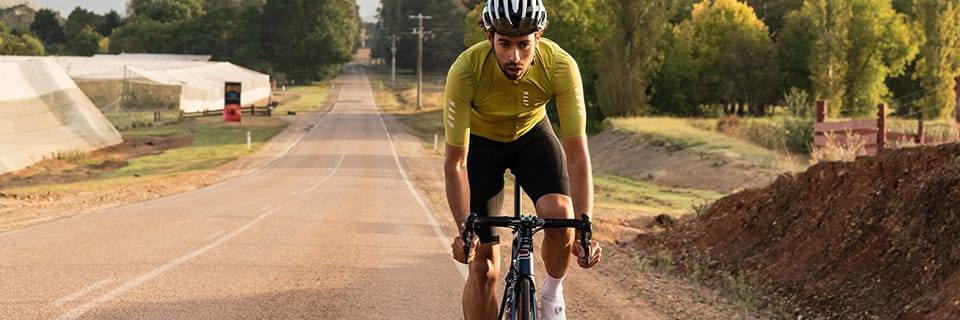Visit road handlebars must enable you to adopt a high-performance position while retaining comfort for long rides. Here are all the secrets.
Standards
- Diameter: 26; 31.8 or 35 mm
- Shape: round, compact, anatomical
- Width: 36, 38, 40, 42, 44 or 46 cm
- Material: aluminum or carbon
- technical features: drop, reach, drop flare, flare out, back sweep
Types of hangers
The diameter is that of the assembly at the level of the stemin the center of the handlebars. Formerly in 26 mm, the current standard has increased to 31.8 mm with the widespread use of aluminum. Some brands also offer 35 mm models for greater rigidity. For the record, whatever the mounting diameter, the diameter at lever level is always around 23/24 mm.
There are various shapes to suit the rider's requirements. To find out which one you need, here are the different characteristics and their impact on the riding position:
The Round
The Round is the historic and most classic shape. The height (drop*) and depth (reach*) are quite pronounced for a highly dynamic configuration in both low and mid-range positions
The Compact
The Compact offers less height and depth than the Rond, making it easier to change positions quickly. The low and intermediate positions are also more comfortable than on a Rond, allowing you to ride longer in these positions.
The Anatomic
L'AnatomiqueThe Anatomic, which has more or less the same values as the Round but with a flat zone to optimize the intermediate position, is ideal for sprinters.
There are also hangers with integrated stems. These provide a better grip, especially when climbing, and greater rigidity than conventional handlebar and stem assemblies. They do, however, have one disadvantage: you can't adjust the angle of the handlebars or their position relative to the stem.
Handlebar width is the easiest to findit's a measurement axis-axis* in most cases. Some brands, such as Deda, measure on the outside of cocottes. We recommend you take the value closest to your width. overall width* at shoulder level.Rib details by brand
- Axe / Axe aux cocottes Axles : Fizik - Pro - Ritchey - Zipp
- Extérieur / Outdoor with cocottes Dada - Enve - Red Cycling
- Axe / Axe down : FS3 - 3T - Cinelli
Remains material that makes up the handlebars. Nowadays, they are generally made of aluminum for a good stiffness/weight/price ratio. However, to improve the stiffness/weight ratio, some are made of carbon. Last but not least, you can also find titanium handlebars to optimize the comfort/weight ratio.
Which handlebars are right for me?
As with saddles, the choice of handlebars is not an easy one. Depending on your bike's geometry, your morphology, your road bike riding and your sensations, the model you choose changes. It's not uncommon to have to try out several handlebars before finding the one that suits you best.
But here are a few tips to help you make the right choice:
- If you're a bit "old-school", or if you're looking for the most aerodynamic position possible, you'll certainly want a handlebar that's as aerodynamic as possible. Round will suit you.
- For more modern, comfortable road cycling, the Compact is today's benchmark for versatility.
- And if you're a natural sprinter, theAnatomical should allow you to harness all your power.
Technical specifications
Drop
The drop is the distance between the top tube axis and the bottom tube axis. It allows the position to be adapted to the rider's size or flexibility. A high drop offers a low, aerodynamic position. A low drop increases hands-down comfort and makes it easier to alternate positions on the handlebars.
Reach
The reach defines the distance between the axis of the handlebar top tube and the furthest point in the bend. It influences comfort and grip in the cockpit. A high reach affects the rider's position, which will be lower and more aerodynamic. A short reach makes it easier to alternate between "hand flat" and "hand on the cockpit", and promotes a more comfortable riding position.
Back sweep
The back sweep is the angle at which the handlebars return to the rider. A larger value means a shorter reach. This back sweep distributes the weight of the hands and wrists more evenly and places them in a more natural position.
Drop Flare
Drop Flare (or Flare) refers to the angle between the vertical of the handlebar and the side of the handlebar. The larger the Flare, the more the sides protrude outwards. This gives you a fairly wide stance that makes steering more stable. By positioning the hands at the bottom of the handlebars, the rider can benefit from a greater width than that of the cocottes, allowing the ribcage to be more open, compared with a traditional handlebar.
Flare Out
Some models also feature Flare Out, which widens the bottom of the handlebars. Flare out refers to the angle at which the sides of the handlebars flare out. Your elbows are lifted and spread for improved comfort. Greater flare enhances your control and confidence when riding.
Manufacturers have adapted to electric shifting and offer specific handlebars.
Integrated sheaths offer a seamless electronic shifting configuration and an aerodynamic profile. Internal cable routing not only streamlines bike lines, but also protects braking and transmission components from the elements, for enhanced durability.
What's more, some handlebars are drilled at the rear to allow cables to pass right through to the stem, for an even cleaner, neater finish. Provided you have a stem suitable for cable management.
Découvrez tous nos conseils & Tutoriels
Road - Handlebars
-
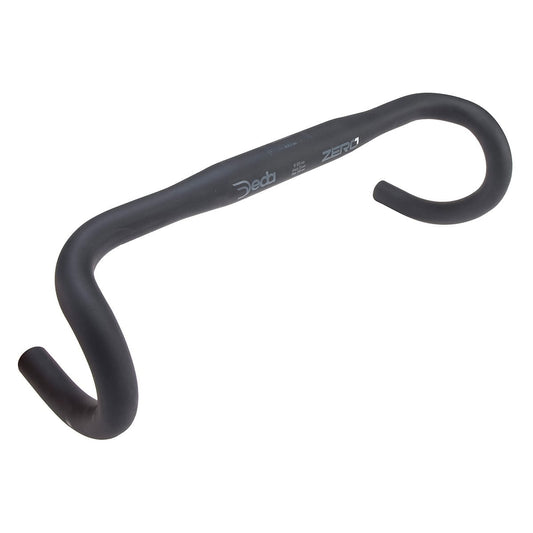
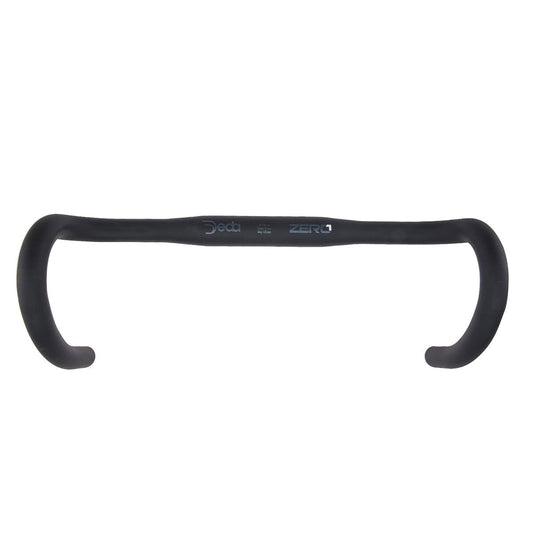
handlebar DEDA ZERO1 RHM bob finish
Regular price 29,99 €Regular priceUnit price per -
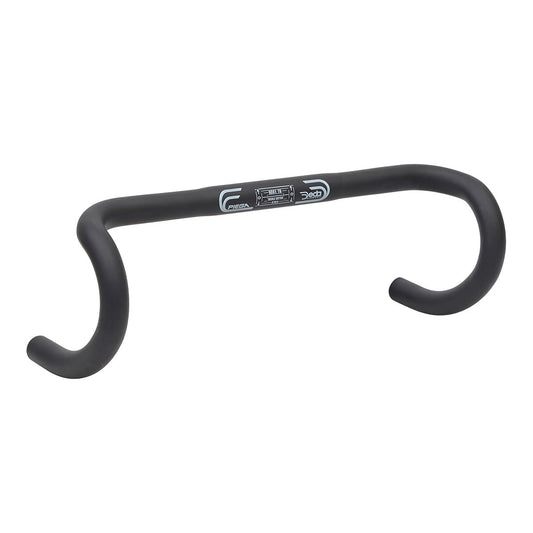
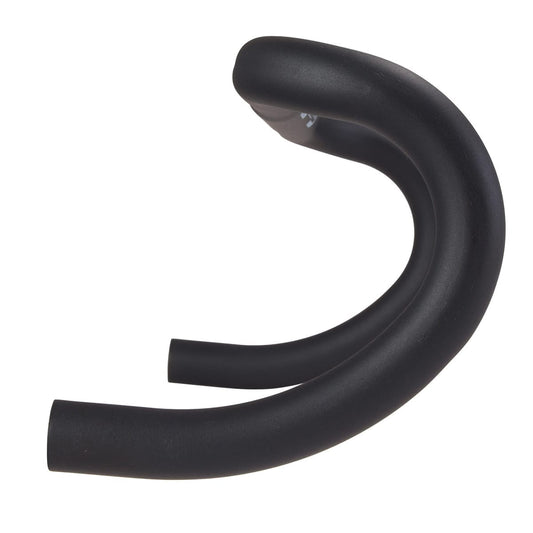
handlebar DEDA PIEGA RHM 26mm
Regular price 29,99 €Regular priceUnit price per -
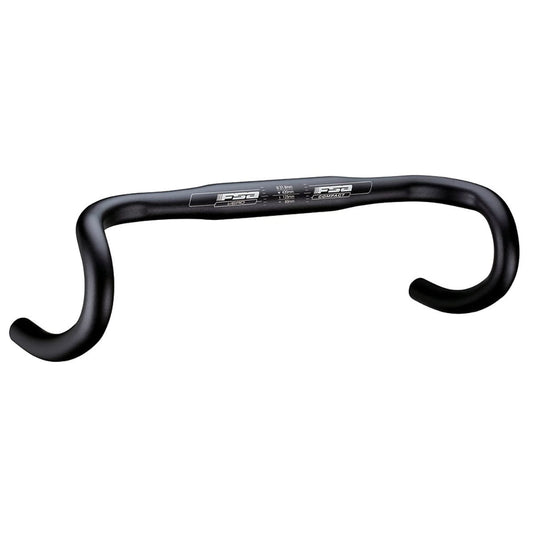
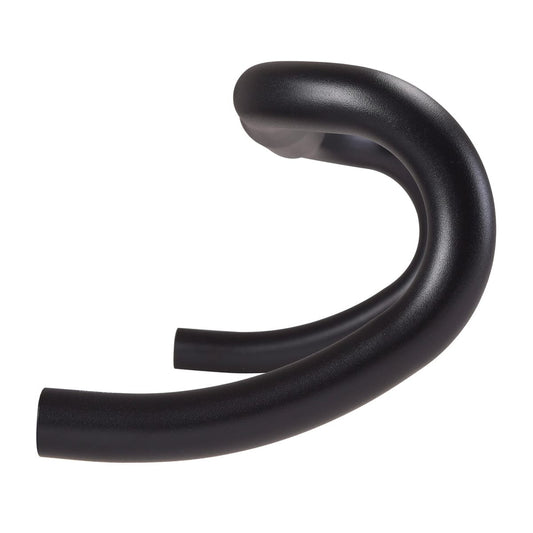
handlebar FSA VERO COMPACT
Regular price 24,99 €Regular priceUnit price per -
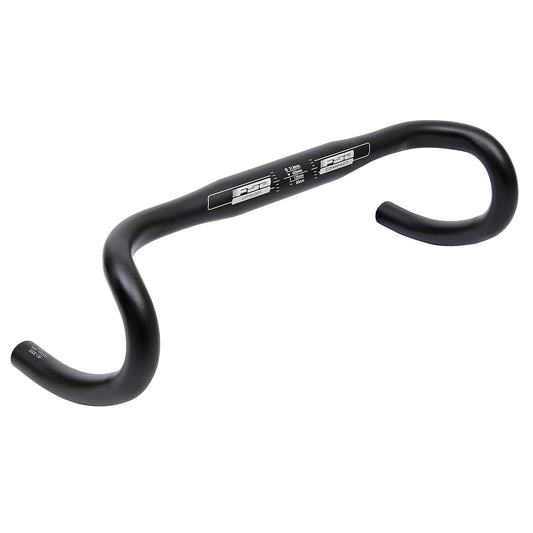
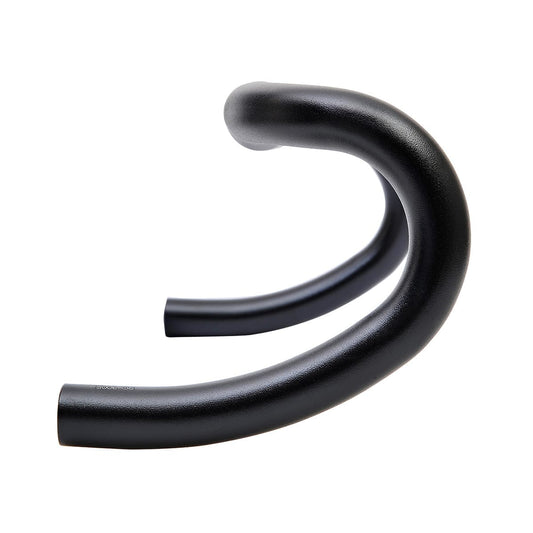
handlebar FSA OMEGA COMPACT
Regular price 34,99 €Regular priceUnit price per -
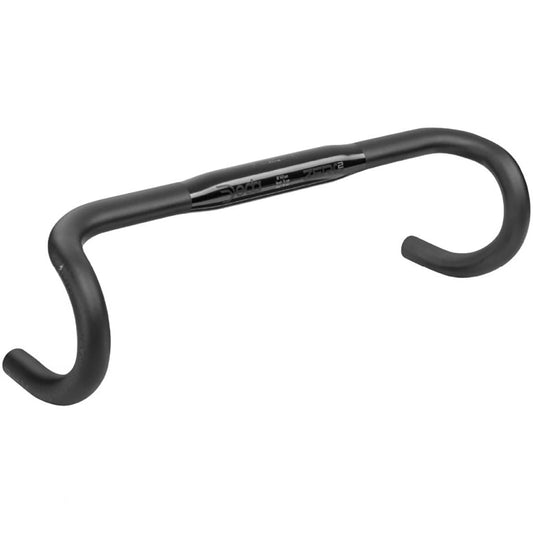
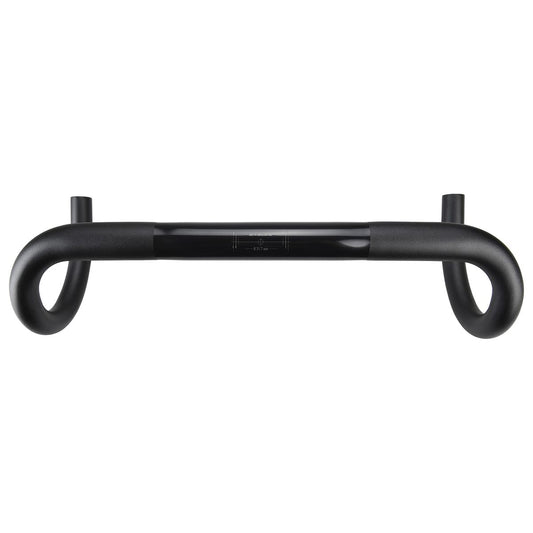
handlebar DEDA ZERO2 RMH pob finish
Regular price From 34,99 €Regular priceUnit price per -
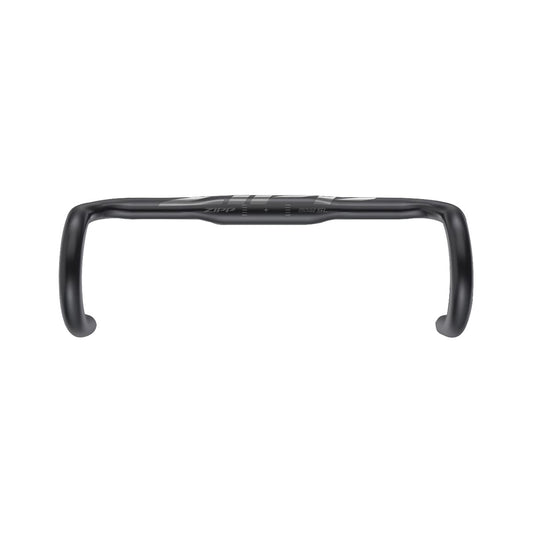
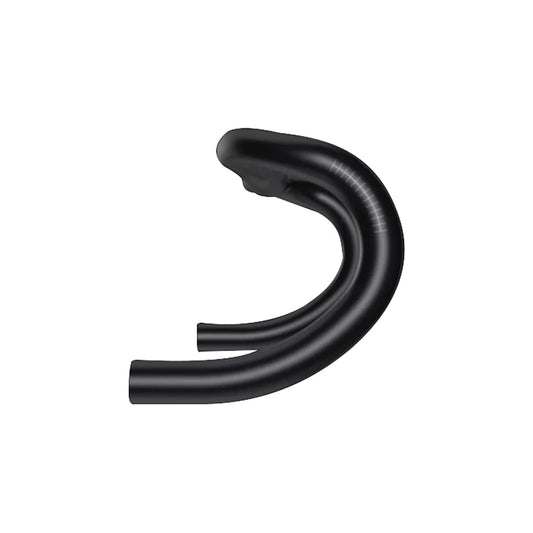
handlebar ZIPP SERVICE COURSE SL 70 Ergo
Regular price From 98,99 €Regular priceUnit price per -
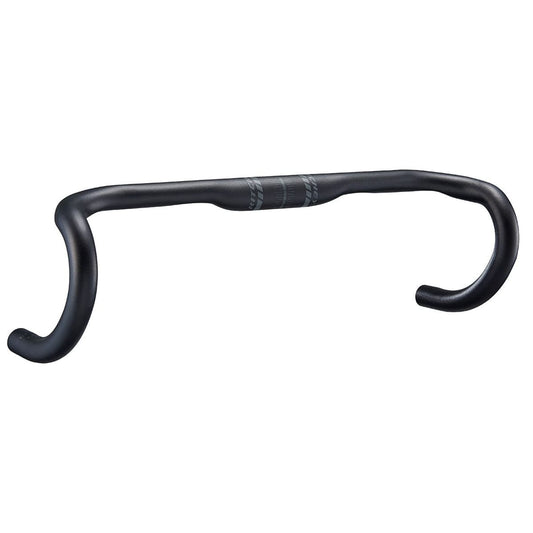
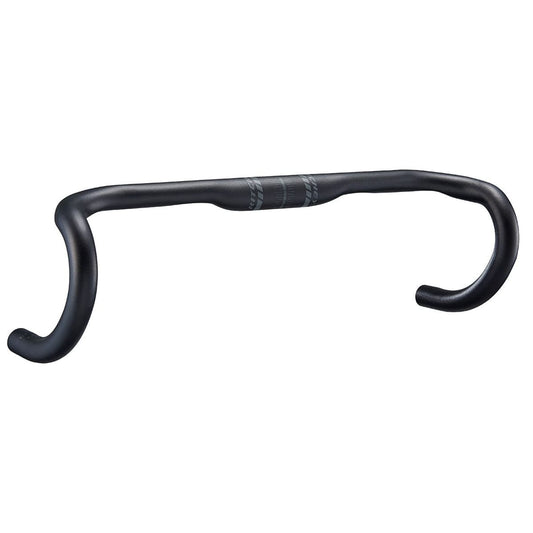
handlebar RITCHEY STREEM COMP Cable Integration
Regular price 55,99 €Regular priceUnit price per -
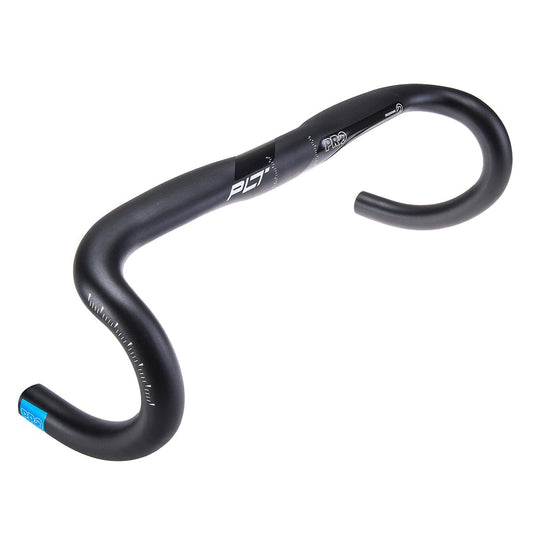
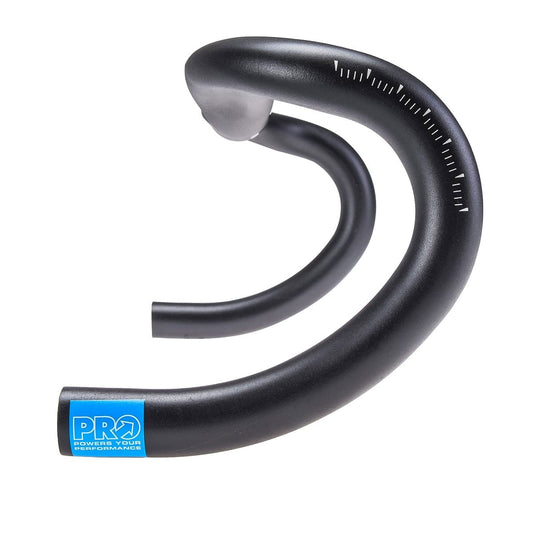
handlebar PRO PLT COMPACT ERGO
Regular price From 56,99 €Regular priceUnit price per
